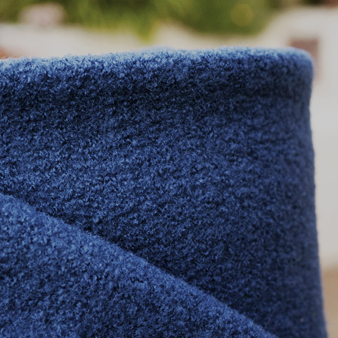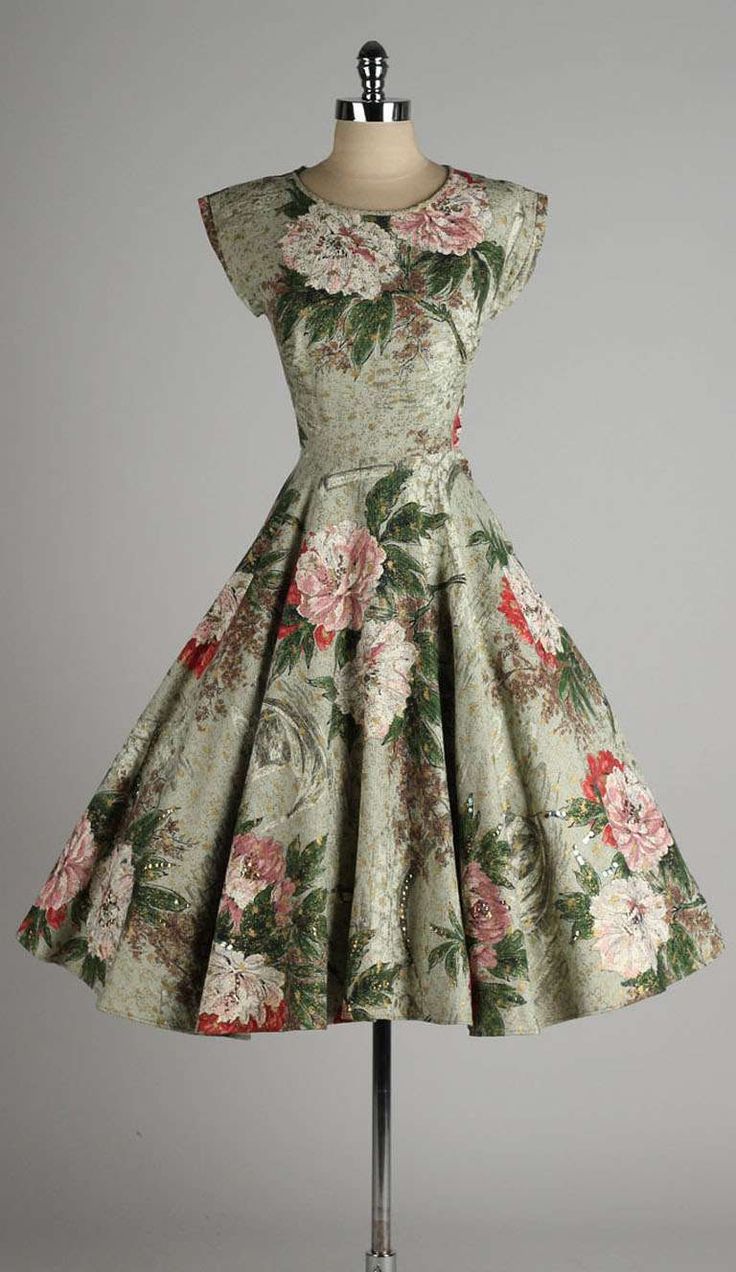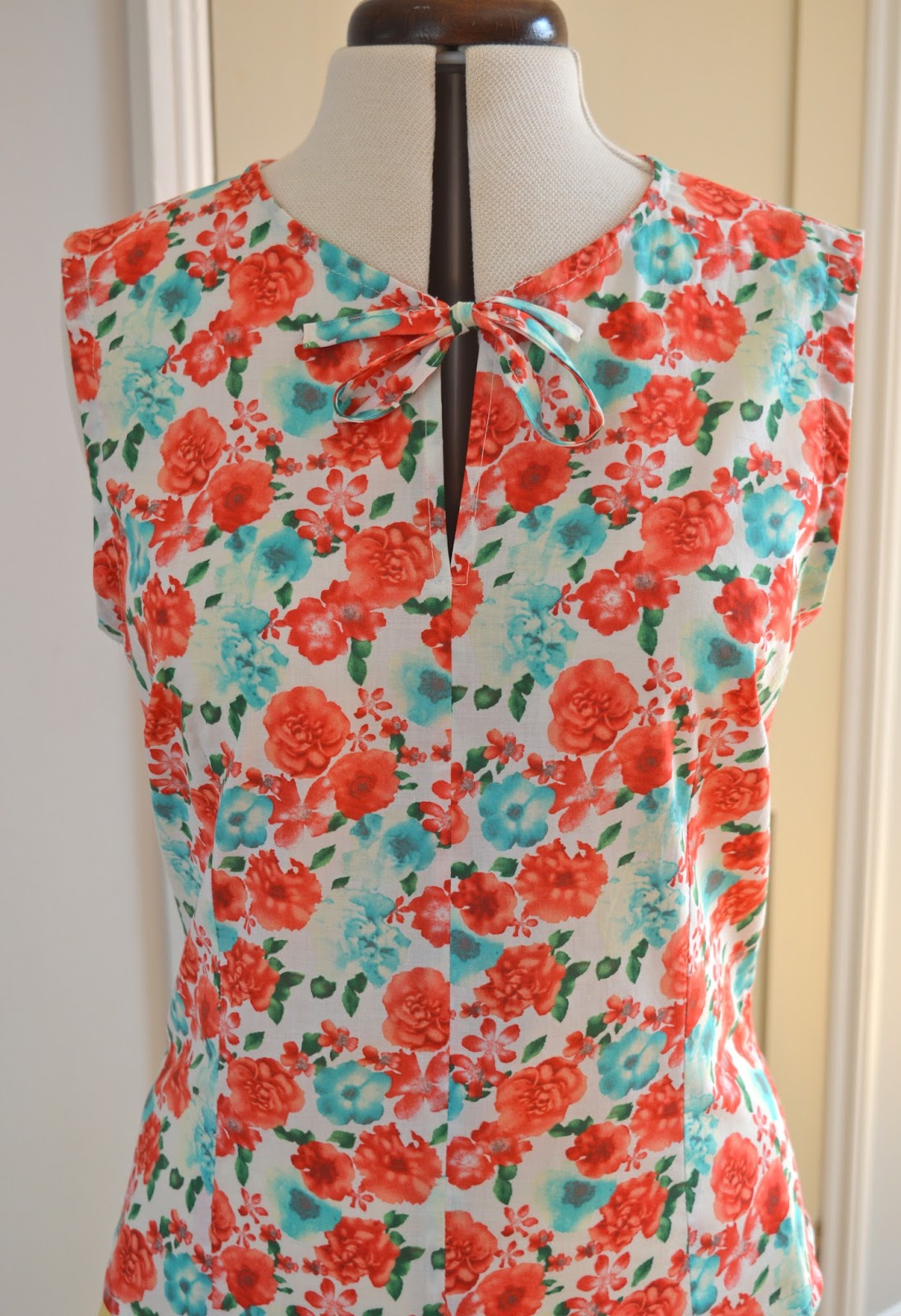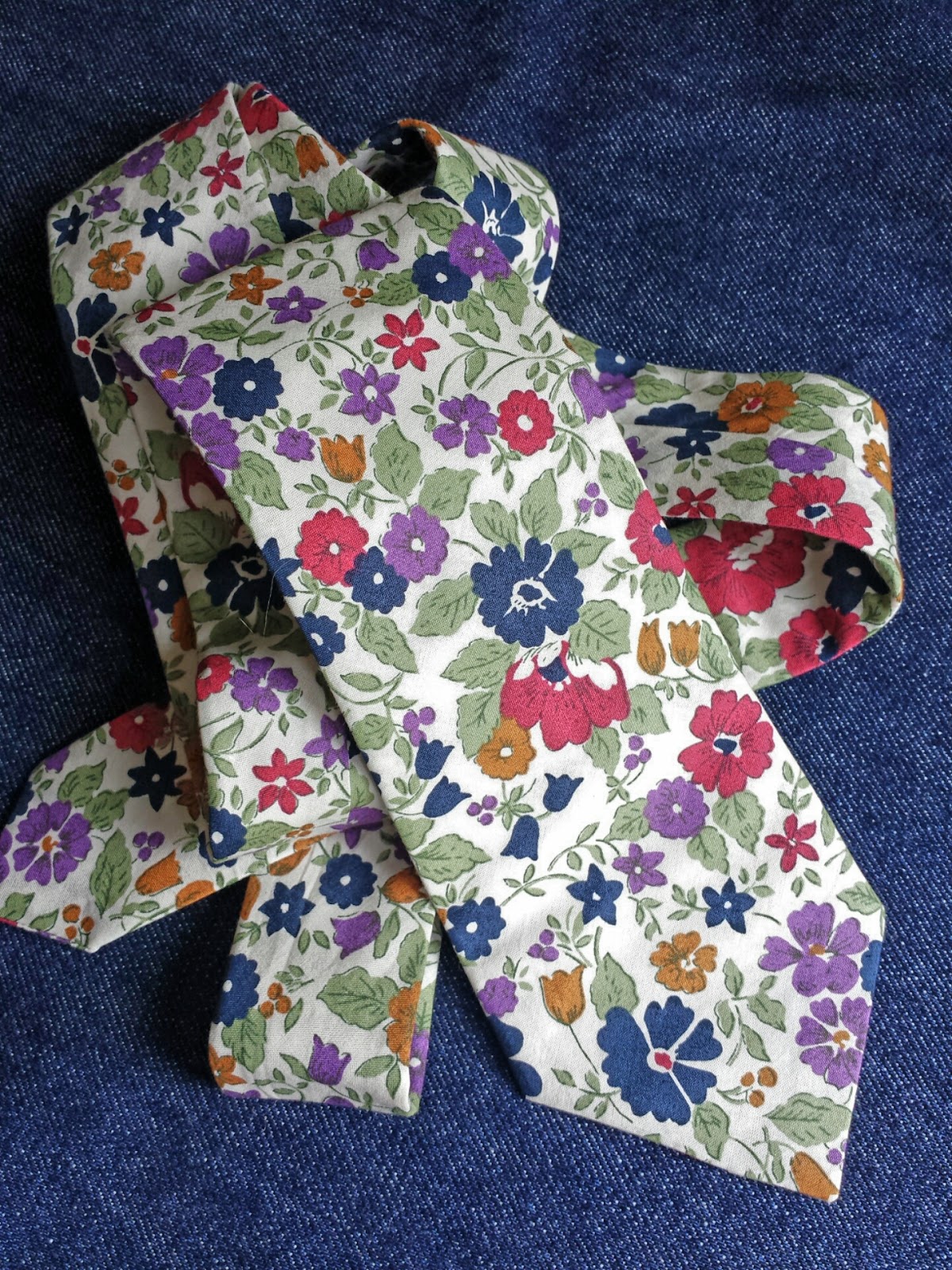Let's talk about boiled wool shall we?! I've been interested in this fabric for a while, primarily because sewing with it allows many shortcuts for the lazy amongst us (of which I am queen!) For those of you who aren't familiar with boiled wool, it's a wool fabric that's pre-shrunk by boiling at high temperatures (the clue's in the name!) This process causes the fibres to compress and interlock, resulting in a soft, springy felt-like fabric. Because of the tightly woven fibres, boiled wool is impressively resistant to wind and rain, making it perfect for outdoor garments such as coats, jackets and hats. From a sewing point of view, it has two major advantages:
- Because of the tightly woven fibres, it doesn't fray when cut, so no need to finish seams. Hoorah!
- If you're after a winter coat, you don't need to add underlining or interlining for extra warmth. In fact, if you're after a very simple coat or jacket, you don't even need to line it at all if you don't want to (more on this in a minute).
With this in mind, I thought boiled wool would be a perfect choice for my next project: a casual coat/cardigan. Design-wise I had a very simple shape in my head: above the knee and slim fitting with no collar. I was initially thinking of drafting my own, but I've come to the conclusion that I need to practice my drafting skills on a few simple garments first before unleashing them on a coat! I'm getting there though, I've almost finished drafting my first dress so look out for that soon.
As far as inspiration goes, I was rather taken with the Named Patterns Andy Coat. When I met up with Scruffy Badger recently, I was able to inspect her beautiful version at close quarters and was mightily impressed with the tailoring details: bound buttonholes, welt pockets, fully lined, two piece sleeves etc. I was sorely tempted, but to be honest the pattern involved a bit more work than I was willing to put in (I told you I was lazy!) But then I came across this Collarless Open Coat pattern from Burda (03/2012 #110).
It's a very simple design with princess seams, two-piece sleeves, centre back seam and no collar. It's also an edge-to-edge style, which means no buttons. I'm not sure how I feel about this - on the one hand it's a casual coat for spring time, so it probably won't need buttoning up, but then again, it might drive me mad not having any. It's a tricky one… it's not totally edge-to-edge, there is a slight overlap, so I may sew on a few covered snaps as contingency. I'll have a think about it and let you know what I decide. Any thoughts?
I actually made a muslin of the coat (gasp) - I cut a Burda size 40 which looks just a tad too big all over (obviously the sleeves will need about half a foot chopping off). So I think I'm going to size down all over, take a tiny bit more off the shoulders and shape it in very slightly at the waist. I'll also need to shorten the whole thing by about six inches to get the length I want. Nothing too dramatic, and after that I'll be ready to start working with my boiled wool, eek!
The boiled wool I'll be using is from Dragonfly Fabrics who stock a wonderful selection of colours (see first picture) The choice is almost overwhelming so I requested lots of samples to play with beforehand, eventually settling for Light Grey Blue.
This photo isn't really a true representation of the fabric colour - it's much more saturated in real life, a lovely airforce blue. Dragonfly Fabrics are very kindly giving me two metres of boiled wool for my coat, so I hope I can do it justice. I haven't worked with boiled wool before, so asked Dorte at Dragonfly Fabrics for advice on pre-washing. She advised against pre-washing for a coat (I'll probably get it dry cleaned in the future if it needs it) but if I was making a dress or skirt from boiled wool then it can be pre-washed. It should be washed on a wool cycle and dried flat, but be prepared for around 10% shrinkage.
Although I could probably get away with not adding a lining, I've decided to add one to give the coat more of a professional finish. Having done a bit of detective work in the shops, all the boiled wool coats I saw had lovely, shiny contrast linings, so that's what I'm planning.
So there you have my boiled wool plans to date. If you've worked with boiled wool before and have any other tips or advice to share, please jump in. My fabric should arrive next week and then the fun begins! Have a good day. x

























































